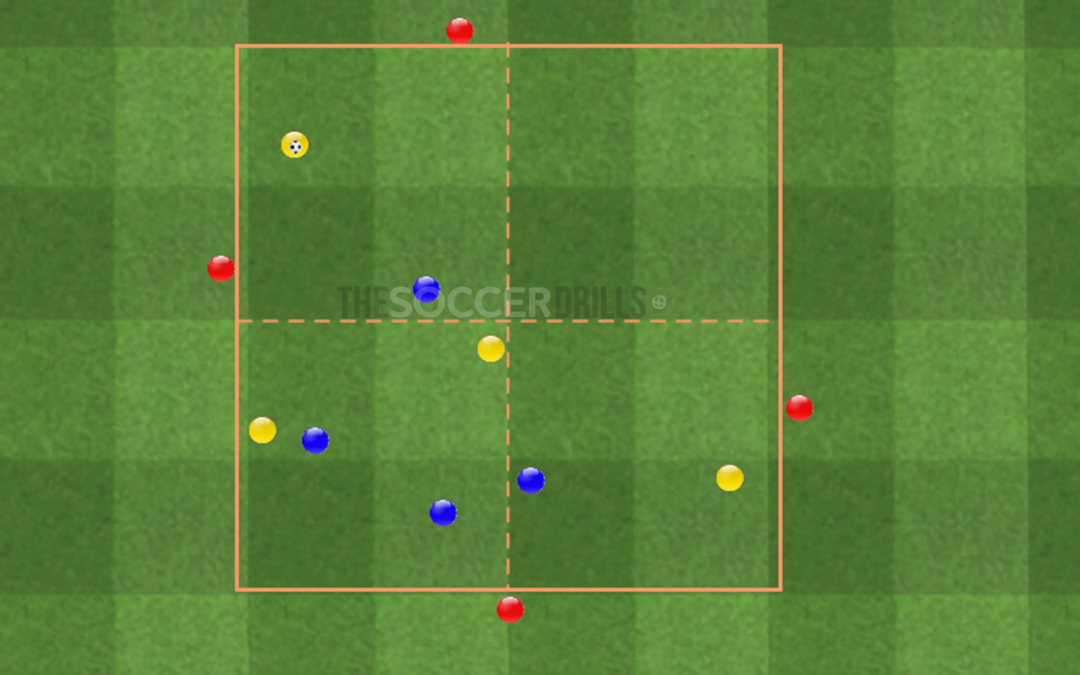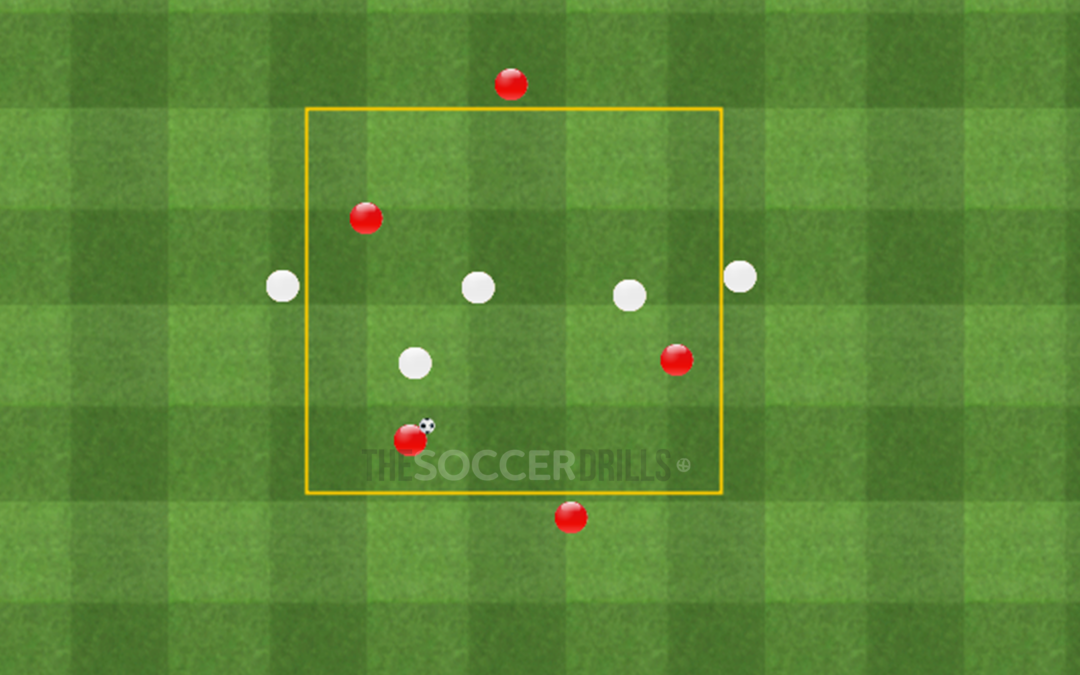
Understanding of the game
Tactical situation to improve the decision making about when to create a numeric superiority or when to keep being a support in an intermediate distance.

Tactical situation to improve the decision making about when to create a numeric superiority or when to keep being a support in an intermediate distance.

Tactical drill oriented to use, when attacking, by the third man and useful to practice the way of defending it.

Tactical drill oriented to use, when attacking, the third man and to practice the way of defending it.

Do you know Liverpool’s Henderson Rondo? It is an interesting conditioning in order to reach a maximum pressure from the first pass.

To control the game pace we need the players to dominate the offensive tactical principals of delaying, change of pace etc.

The football coaches usually ask their players to play easy and safe once they win the ball back. For doing this, it is key to put the ball away from the zone where to win the ball back

One of the constant aspects of the game is to play easy (the coach asks so many times for this) and be able to differentiate when to play with the farthest or with the intermediate players in order to overcome rivals (both attacking and defending).

When winning the ball back, we take it out of a pressing zone, we reorganize and we try to break a defensive line. All of this with the need for a a good body shape to advance on the field.

We adapt a rondo in order to practice the use of the third man and the free man as a microstructure to advance in the game.

Since regularly, all the rondos are played in a high pace, is it possible to practice a tactical rondo in which you work both the change of pace and the high and low pace? It is definitely possible if we include a small modification in the structure so our players can make decisions about the pace of the game.